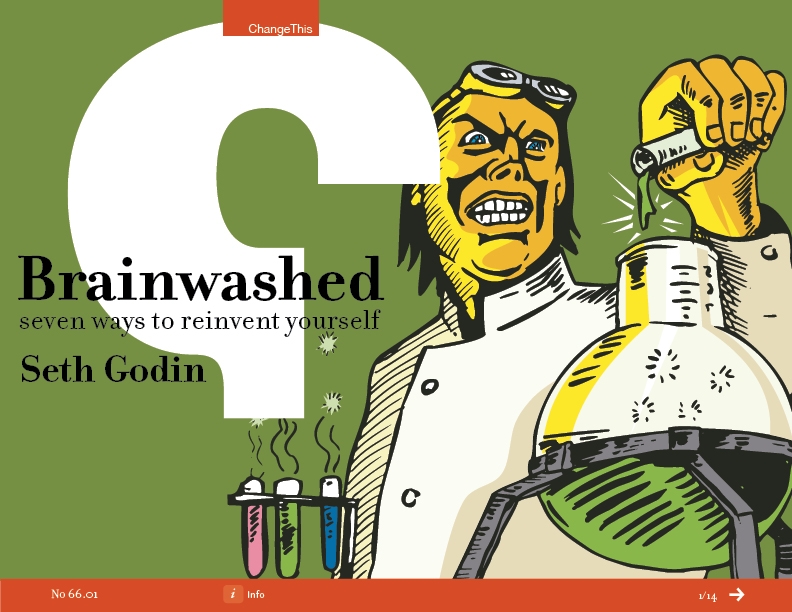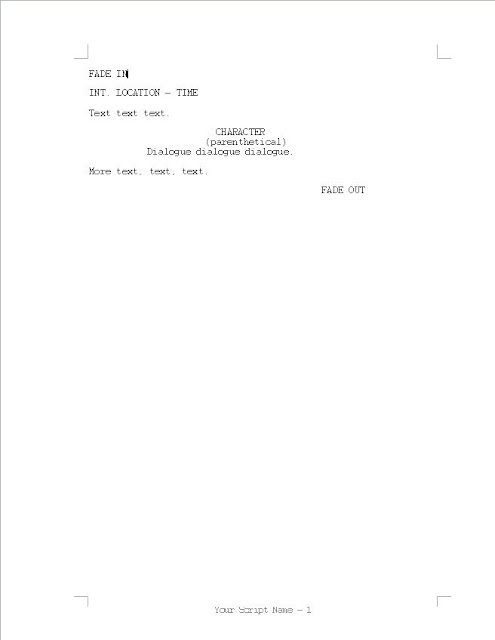Two-person teams will create two different (yet similar) pieces of original Music (two minutes each) in Garageband. Teams should conceive of the songs together, but each person is responsible for creating one song on their own. Both songs should be considered as “thematic music” for one of the video games designed in Project Two. You must present your work in the form of a five-minute Powerpoint presentation.
First: Create two 2-3-minute songs. To create these songs, consider the lecture on Listening Framework. Your two songs must:
A) Choose ONE Listening Phase that will be IDENTICAL between the two songs
(Rhythm, Arrangement or Sound Quality)
B) Choose ONE Listening Phase that will be DIFFERENT between the two songs
C) Do not discuss what you will do with the third Listening Phase; just let it happen
So, for instance: you might choose IDENTICAL Time & Tempo with your songs,
but use completely DIFFERENT Instrumentation and Emotional Architecture.
D) Minimum of four different instruments and tracks
Second: Prepare a 3-minute presentation (timed, in powerpoint) explaining:
A) Which Listening Phase you chose to be identical.
B) Which Listening Phase you chose to be different.
C) Whether the third Listening Phase turned out to be similar or divergent (and why)
D) One musical element that each composer focused on the MOST while creating their
song (e.g. -- Rhythm, Intensity, Pitch, Timbre, Speed, Shape, etc.)
E) Why these songs work as Thematic Music for one of the video games from Project #2
Finally: Give your presentation BEFORE you play your songs. You may play your songs over a blank Powerpoint slide, or you may choose ONE character image from Project #1 to use as a backdrop.



















